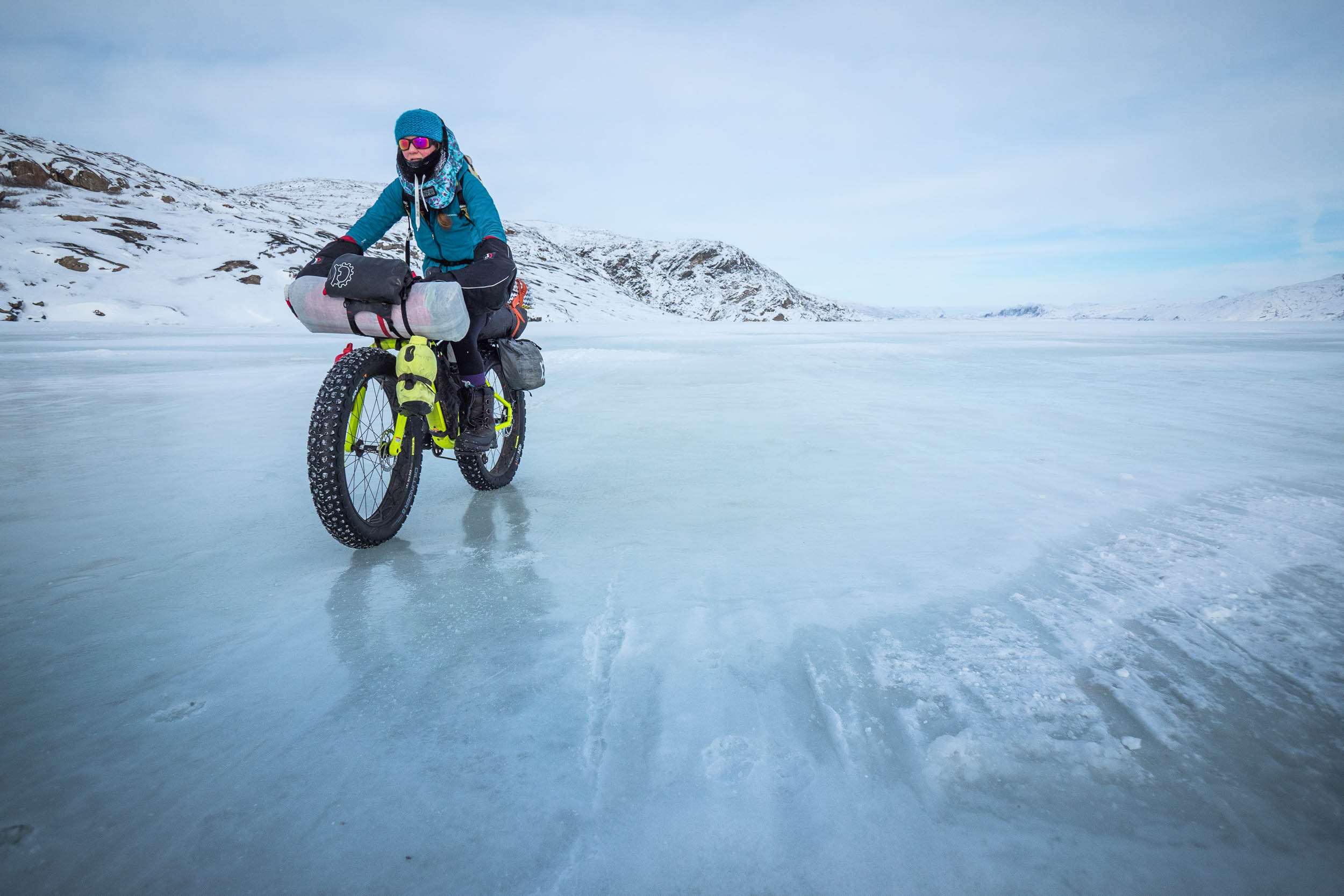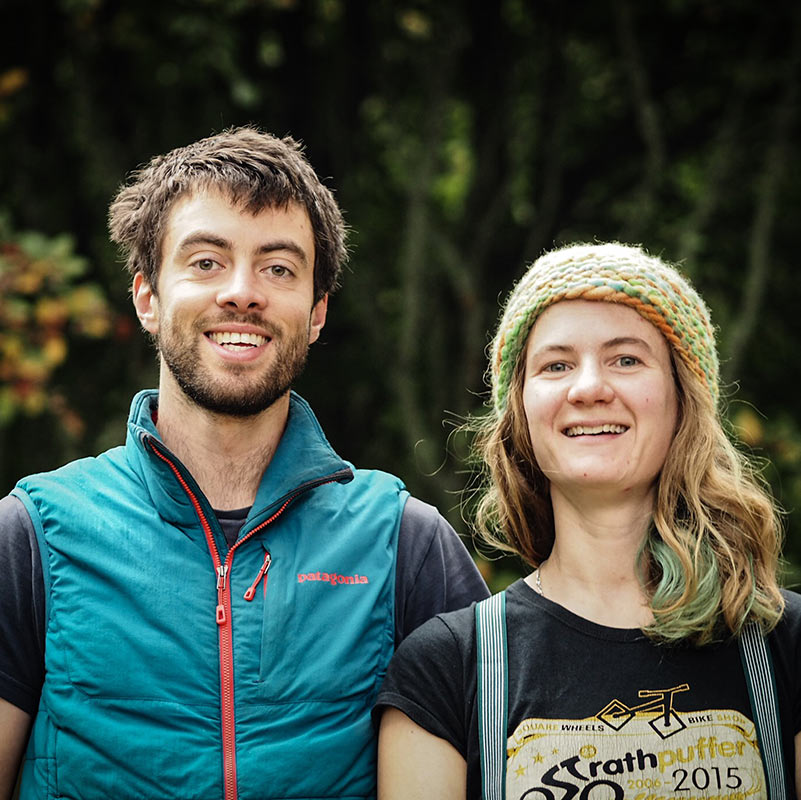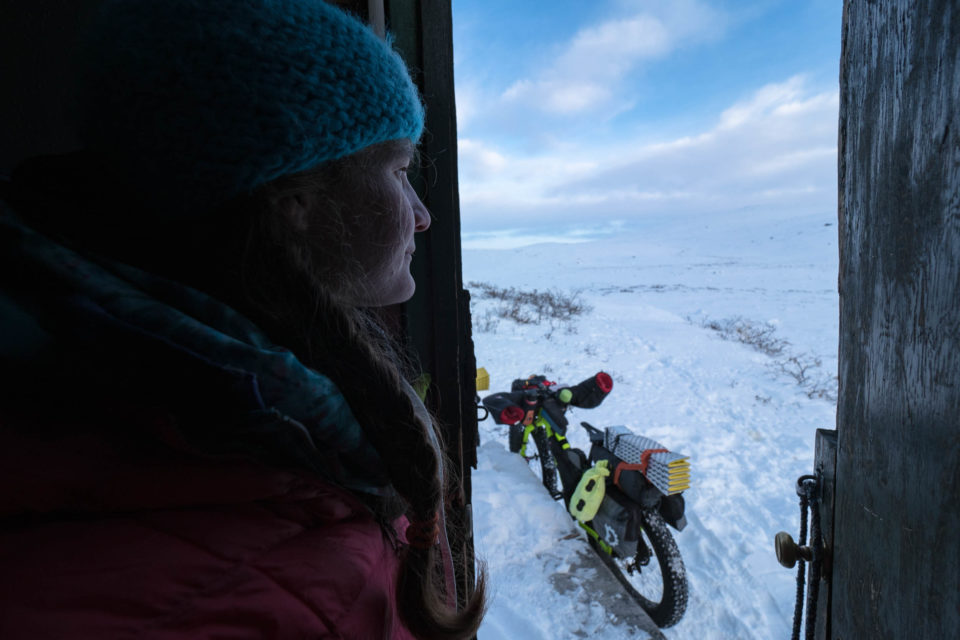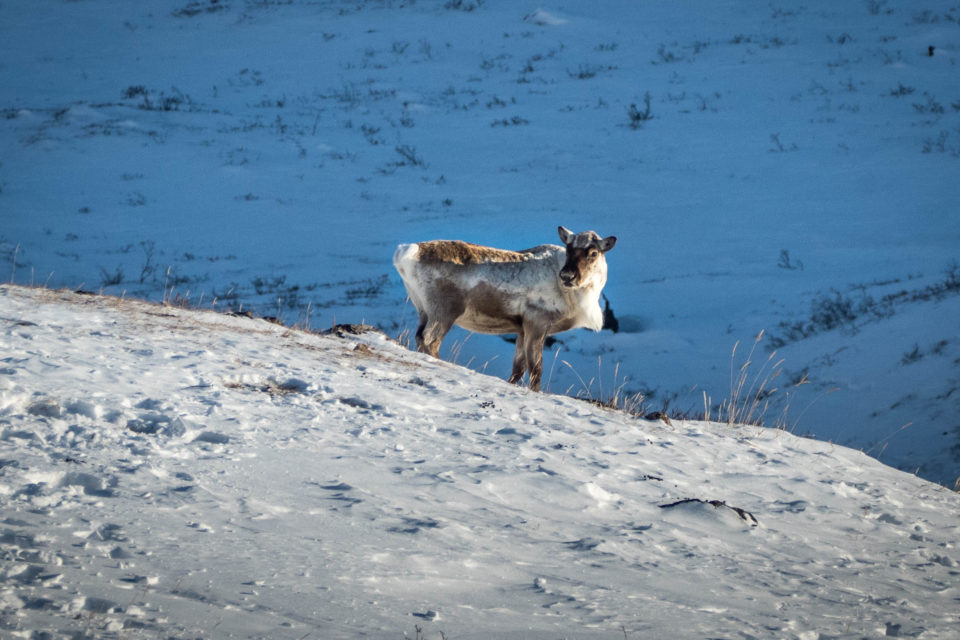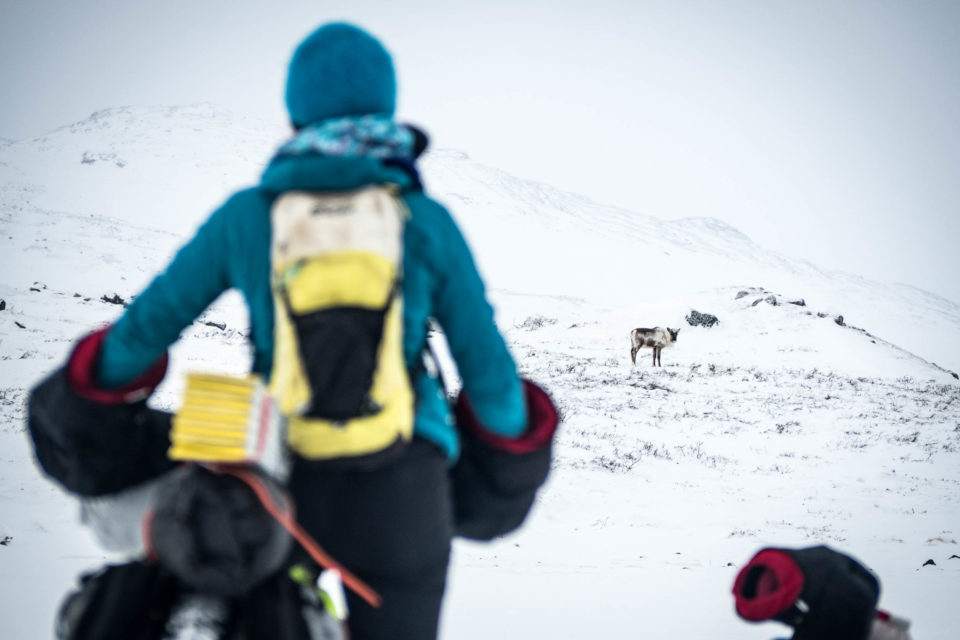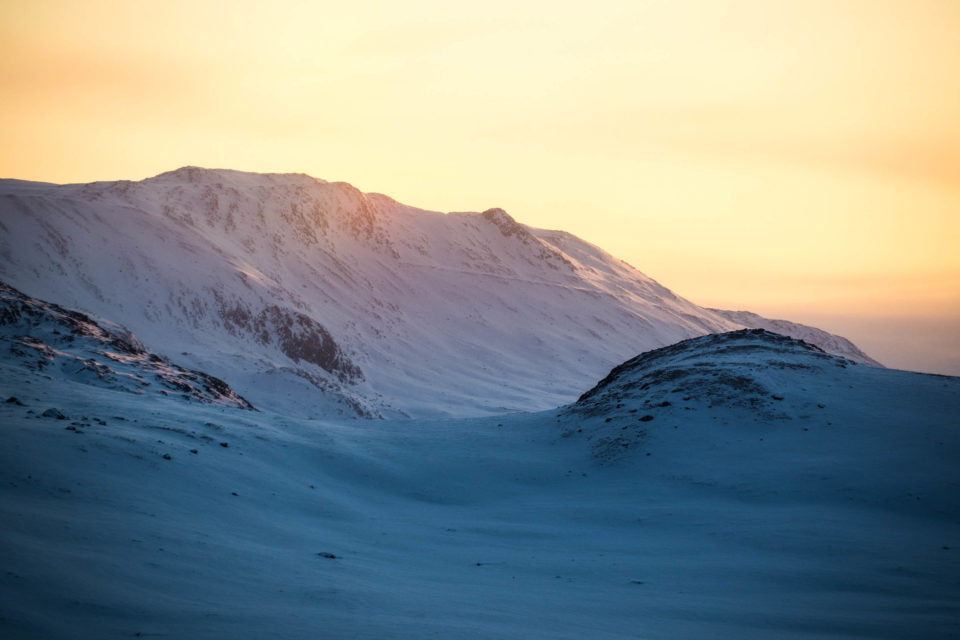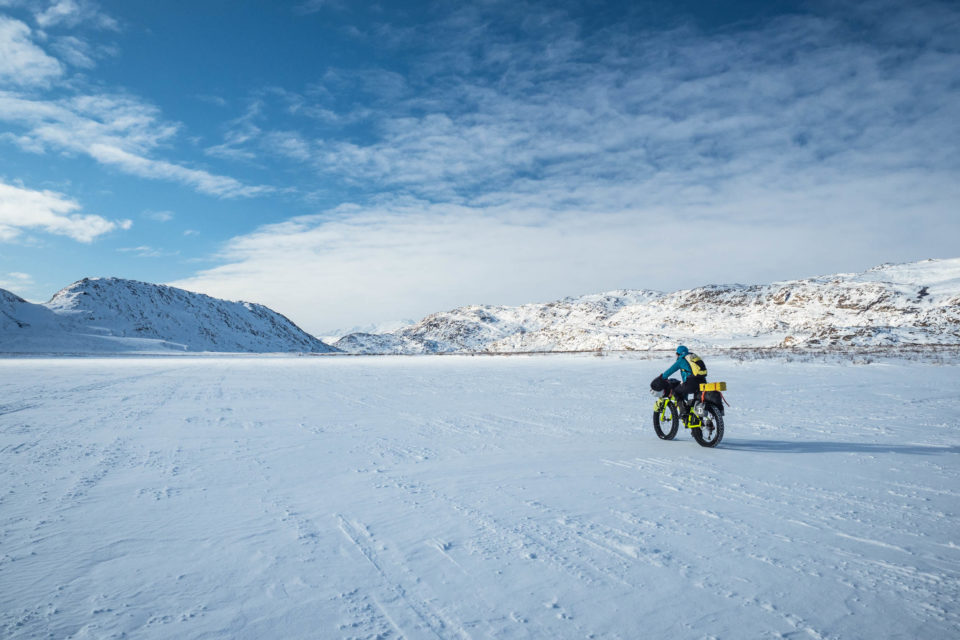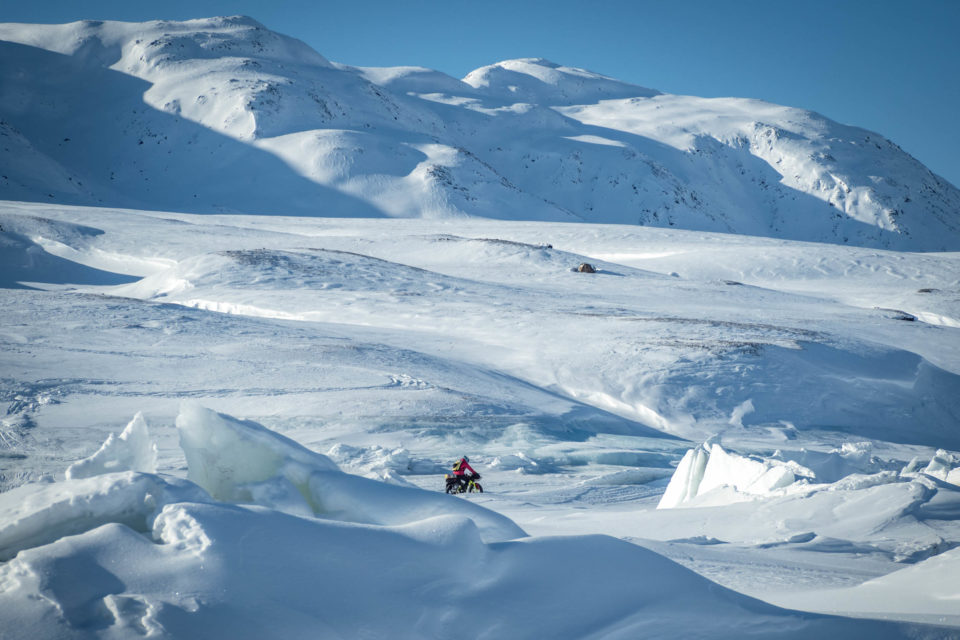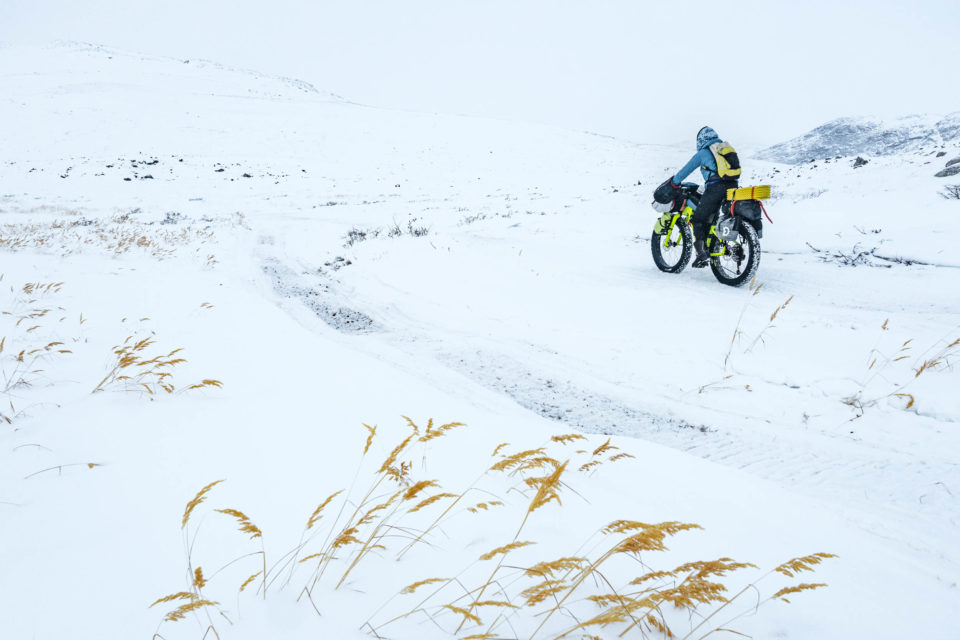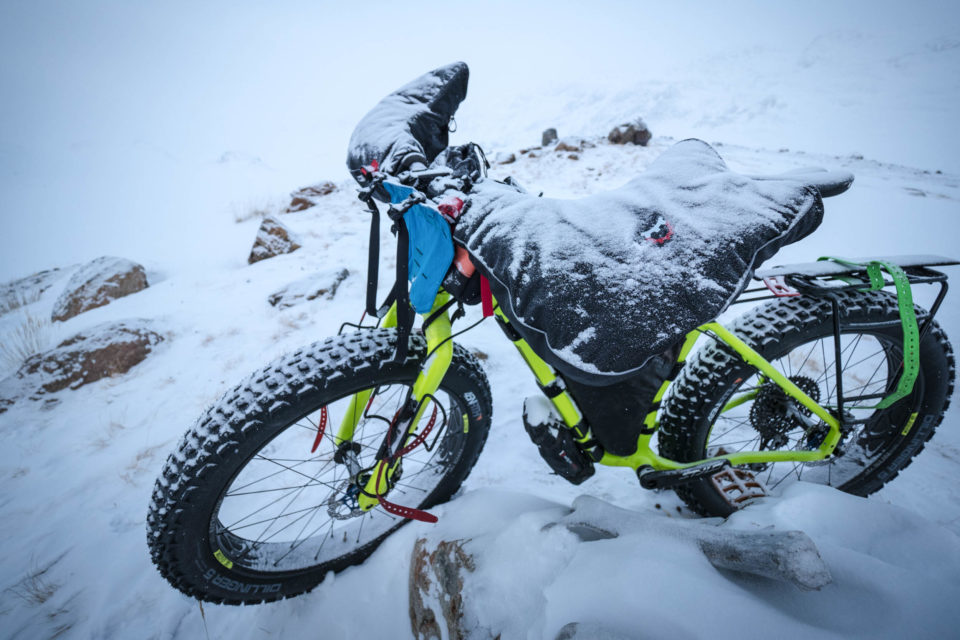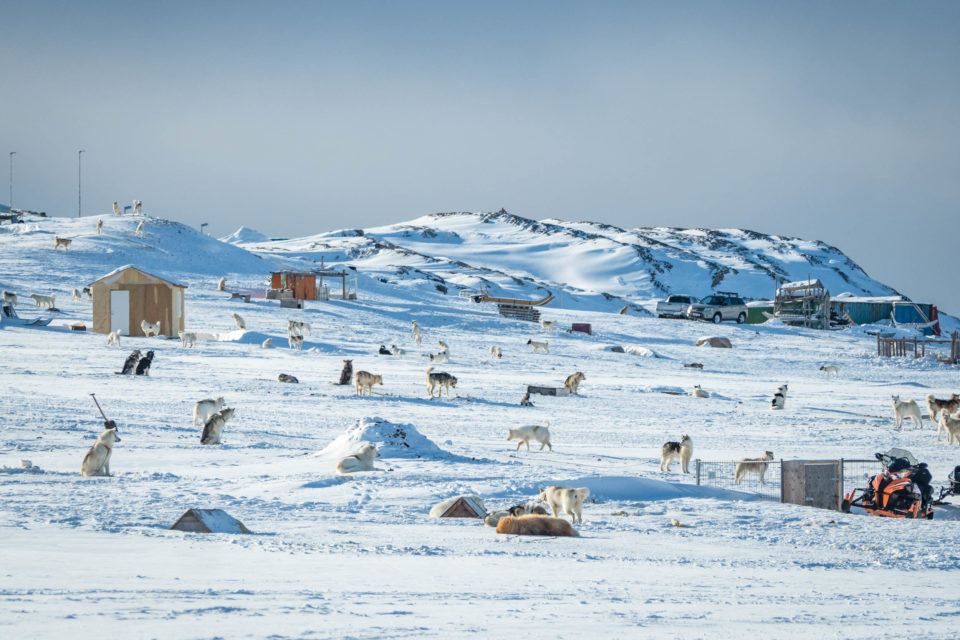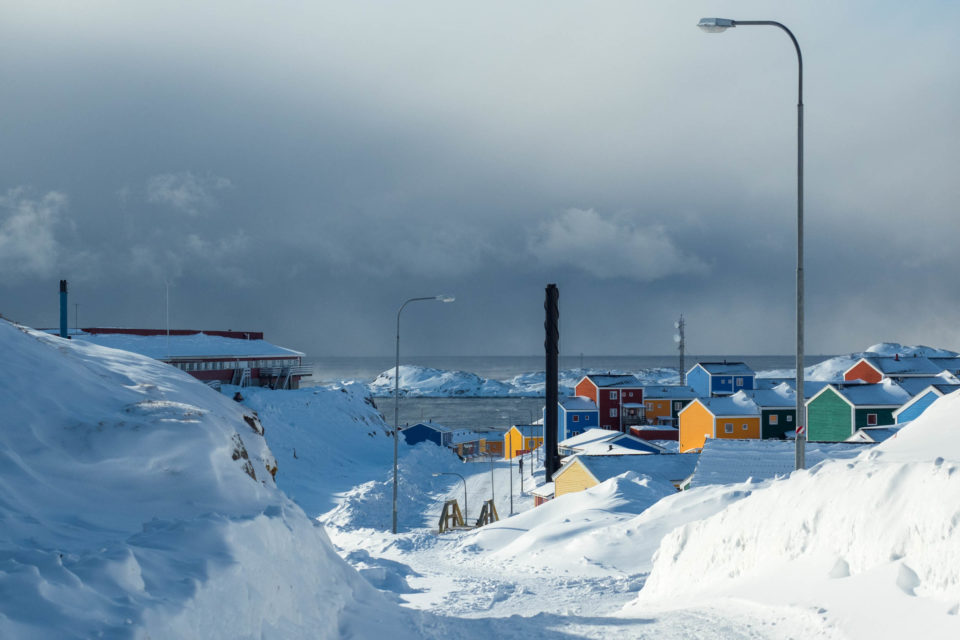Slow and Precious: A Greenlandic Bike Journey
Share This
Huw Oliver and Annie Le arrived in Greenland for a bikepacking trip at the tail end of last winter, not long before COVID-19 lockdown measures went into effect. In this piece, Huw reflects on the lessons he’s still learning from a trip that was cut short when faced with the prospect of having to stay in Greenland indefinitely…
Words by Huw Oliver, photos by Huw Oliver and Annie Le
“Greenland? You’re probably heading to the best place on earth right now. No better place to get away from all this nonsense!”
More than one person told us something like that as we made preparations to leave the dripping, grey monotony of late winter in Scotland for the clearer, colder white of western Greenland at the beginning of March. As it does for almost everyone, back then seems like a lifetime ago. It’s easy to look back with all the benefits of hindsight and wonder why we casually brushed it off as yet another story in a busy world, one that would happen somewhere else, to someone else.
The virus and its effects were all just beginning to be felt at home, and the 24 hours we spent camped out in Copenhagen airport weren’t especially unusual. That said, there’s an irony in getting to the world’s largest island: our reasons for going were rooted in space, solitude, and the landscape itself. Like most other tourists, we were drawn by the chance to experience raw places, in contrast to our overexploited and densely crowded homes, but to arrive there we use air travel that relies on products of the very exploitation we were trying to escape.
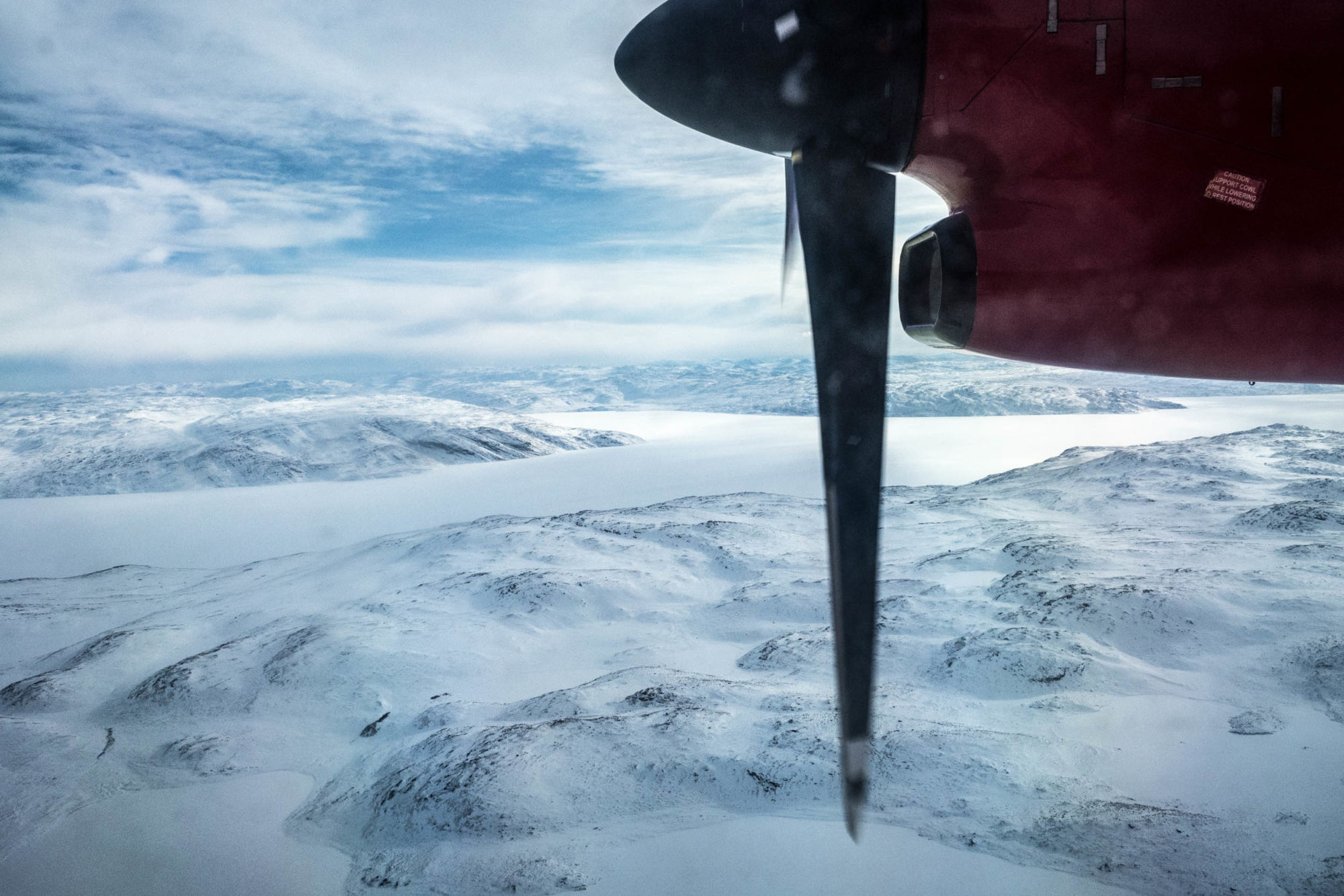
The first sight of the island from the air is breathtaking. The sea surface below is peppered by ‘bergy bits’ and larger icebergs for some time before the island itself arrives abruptly. Glacial streams, punctured by nunataqs, cascade and crumble eastward from the ice’s summit into the Greenland Sea. Seen from 10,000 metres up, it’s geography on a monumental scale. The only other sight I can compare it to is flying over the Grand Canyon, but while that is a truly vast feature, this is on a different scale entirely. The blank expanse of the ice sheet eventually gives way to a band of moraine lakes and scrubby tundra, then to fjords and, finally, the snowy but ice-free coast of the Davis Strait, where the American-built runway stands out like the ‘X’ on a map.
On landing, we learned that those current events were going to be a little too close for comfort. The plane taxied inexplicably away from the small but familiar terminal building, heading instead towards the emergency services depot on the far side of the tarmac. Blue lights flashed through the windows, and inside the plane heads began swivelling, brows furrowed in question. We felt a slight but unmistakable ripple of panic course through the seated passengers. When officials in Haz-Mat suits climbed into the aircraft and escorted a couple of teenagers out and into a waiting ambulance, the penny dropped. The Haz-Mat suits were replaced by the police, who seemed to be trying to come up with a plan for a situation they neither expected nor wanted. Thankfully, the all-clear came the next day, and after the brief panic of a potential lockdown we could continue packing.
Greenland has a strong tradition of human and animal-powered travel across the frozen landscapes of the far north. Greenlanders might have chosen to build their settlements on the milder coastline, away from the inland ice, but some of the best caribou and muskox hunting can be found well inland. Despite what ill-prepared Westerners might expect, overland travel is considered to be much easier during the winter months, when lakes, fjords, and swamps are frozen solid, and the extra human endurance of sled dogs can be harnessed to pull loads along winter trails.
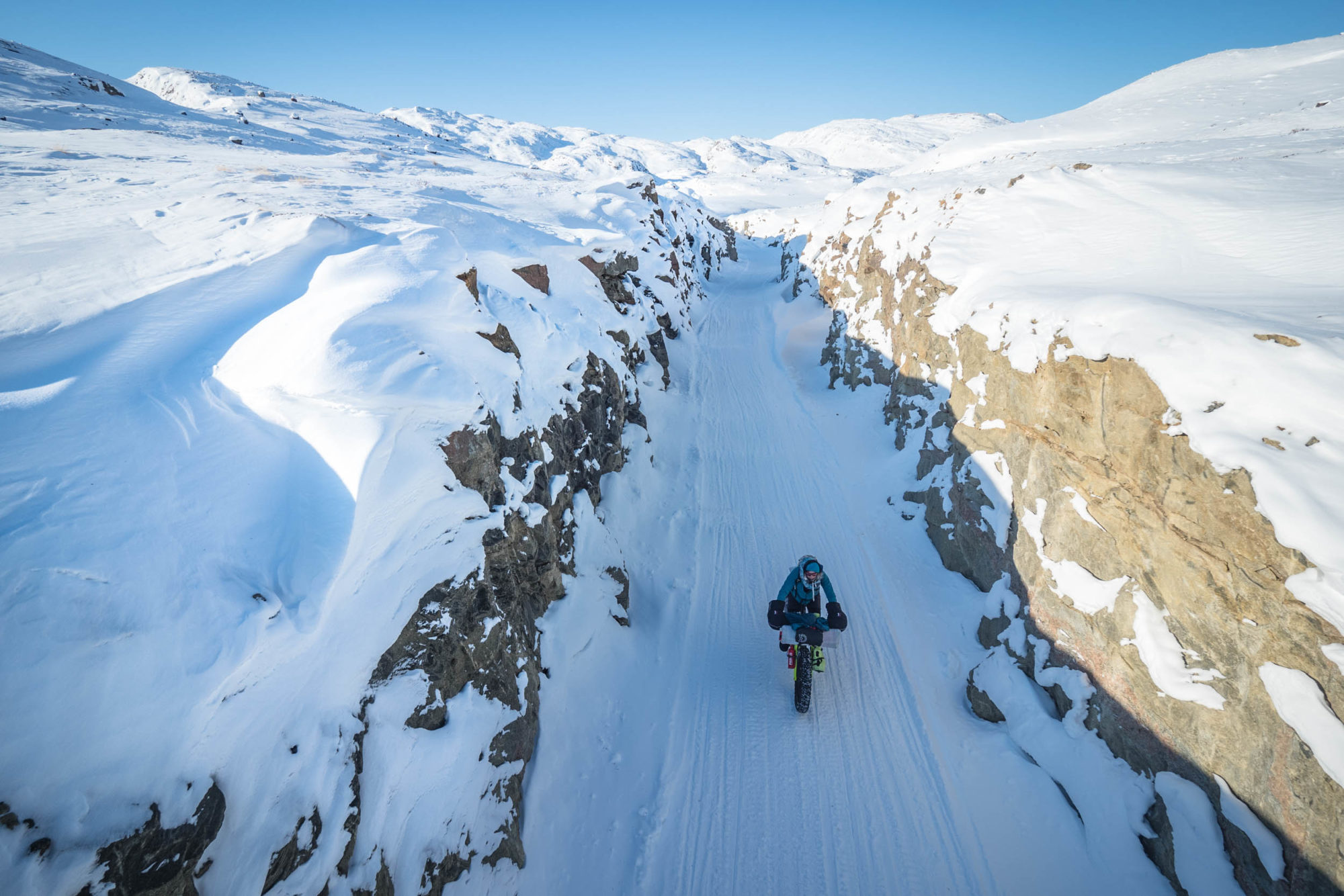
One such trail runs between Kangerlussuaq and Sisimiut on the coast, 180km away. When we left town under the bright sun of a March morning it was sitting around -15°C degrees in the sun, but a couple of weeks earlier the temps had been hovering closer to -50°C at night. The upside of the cold is that the fjord itself freezes to over a metre in thickness, so after crossing frozen swamp towards the ice we were treated to the bizarre sensation of retracing our own steps—or paddle strokes—of 18 months earlier, when we had set off from the same point in packrafts, entering into a 16-day boat and bike journey that first firmly cemented the Greenlandic landscape in our hearts.
After following the fjord for a while, our path this time branched north and then west. There’s always a feeling of shedding worries, responsibilities, and distractions that comes with setting off on a journey. Greenlandic settlements make such a light mark on the world that the process of ‘getting away’ is a quick one, and in this case it really did feel as though there was something to be getting away from.
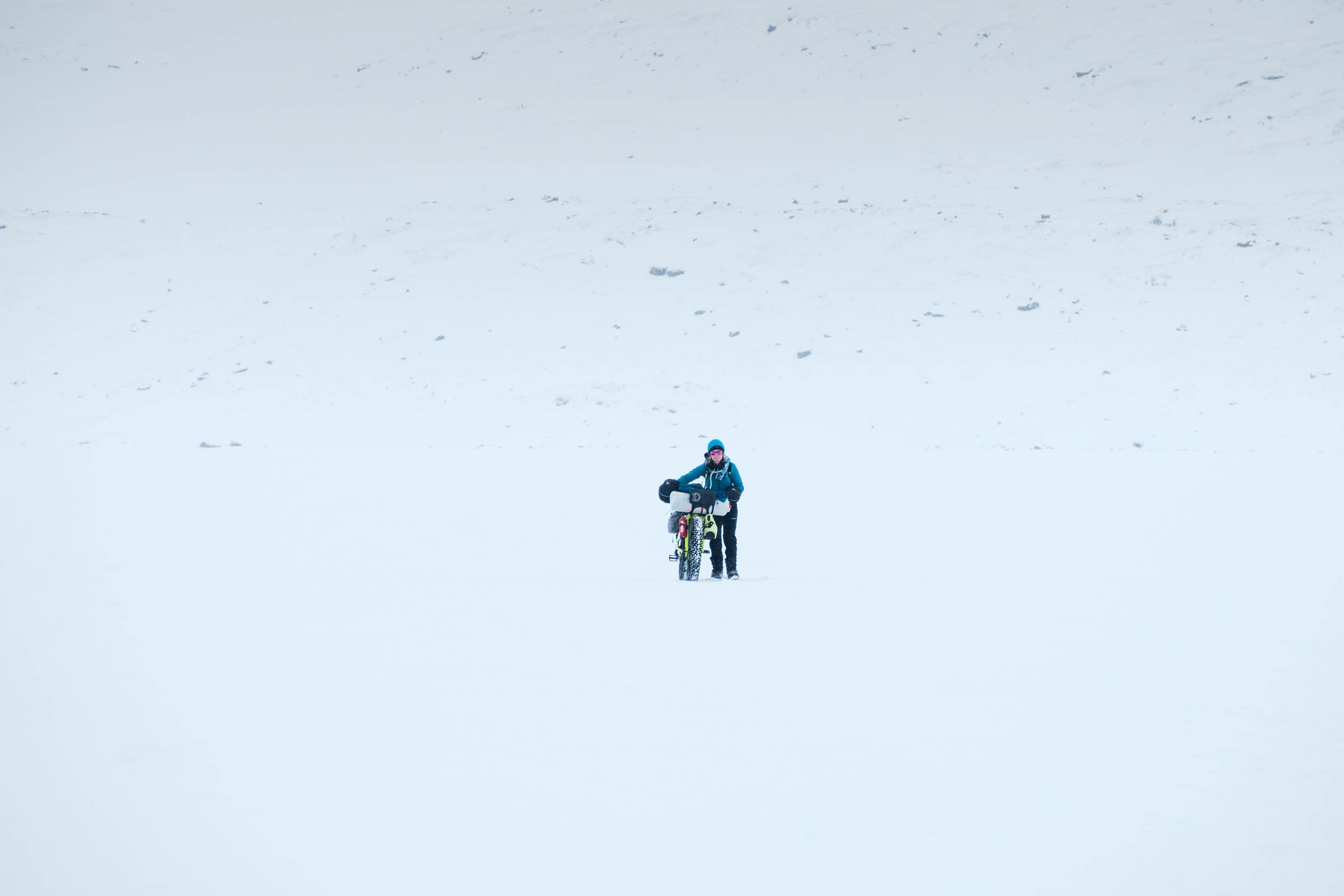
Looking back, we’re perhaps quicker to recognise when the ever-refreshing news cycle and worries over the future are building up to a point when we need to set them aside and practise some mindfulness. I didn’t recognise it then, but the act of turning pedals, and setting thoughts to more immediate things like warmth, food, and camp chores felt like a welcome unwinding of a band inside me that I hadn’t realised was all twisted up.
The tundra is almost devoid of life during winter. Birds and insects, caribou and muskoxen, arctic hares, and the underfoot carpet of innumerable tiny flowers make the arctic in summer austere but vigorously alive. What’s left is the land, and during the winter it’s the star of the show. Different places have different scales, and in the arctic it’s vast. Stern features and imposing distances don’t so much invite appreciation as remain impassive to it. We felt incorporated into the place more than we felt welcomed by it.
The trail follows several chains of lakes along most of its length, where the flat surface gives good travel and mostly simple navigation. Being so flat and featureless, it’s easy to misjudge distances on them, and several times I set an arbitrary marker to aim for, where we could stop and have a snack and some tea, only to realise that ‘one’ kilometre was actually 10. The little frozen Mars bars in our lunch rations were to be savoured for just the right moment, as every day would inevitably have a low point in it somewhere when a treat could keep the mind focused on positive things. Or better than a Mars bar, we might find the Scottish delicacy that is a Tunnock’s caramel wafer lurking among the peanuts and oatcakes.
Winter travel is hard, but only because it is unfamiliar. The trail we rode exists because it has always offered the path of least resistance for Greenlanders. It was a challenge for us, but making the trip is no big deal for someone who lives here, who knows the land and the myriad little pieces of knowledge and wisdom that can make the arctic more hospitable. We would see a couple of snowmobiles or dog teams most days, all making faster progress than our bikes, but it was notable that no one ever bothered to question what we were doing, or why.
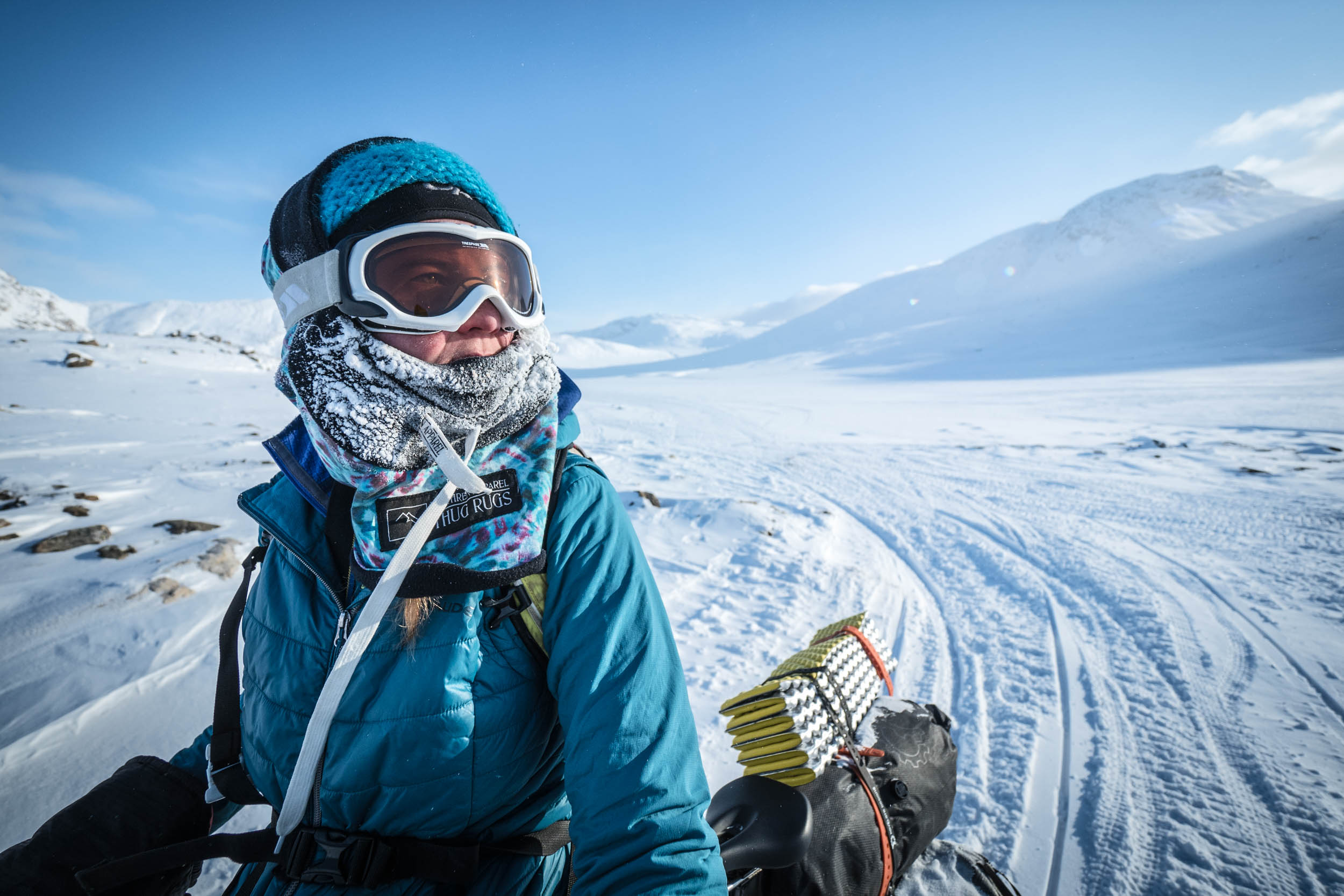
I think it’s sometimes assumed that the motivations behind riding in remote places centre around macho desires to claim a first or to prove personal worth through masochism, and it can be difficult to persuade people that I wouldn’t be there if it wasn’t enjoyable, especially where winter riding is concerned. There is inimitable joy in riding a bike over the clean, white surface of a winter trail, knowing that it is the only slender thread of rideable terrain linking you to your far-off destination, but the brief contact we did have with other people on the trail suggested that that aspect, at least, didn’t need explaining.
Staying comfortable while moving on the trail is relatively easy, provided your layering is good and your boots are dry. Things are trickier in camp when there is still a long night ahead, the sun is setting, and it’s taking the temperature south of -25°C. The arctic sun lingers gently on the horizon, long enough to make anyone want to stay out and watch, but when it did finally slip over the edge we would scuttle quickly into our sleeping bags, adjusting the many layers of warmth in a complicated operation that never got any slicker with time, and wait for the whole setup to get warm. The exception was, and will always be, when the aurora borealis made an appearance. As long as I live, I will never get bored of watching the veils of light make the sky their dancefloor.

Successfully sleeping through the coldest hours before dawn counts as a great success, but the trickiest part of the day is manoeuvring from sleep to trail-ready via the painful shuffle of dressing, and alternating whose turn it is to get the stove primed and a breakfast of tea and porridge ready. The trail moves west, through more mountainous terrain and the narrow Nerumaq Valley with its frequent areas of overflow, then back toward the coast before a final climb over the hills to descend to Sisimiut. The wind is funneled through those mountain valleys, giving a quick reminder of the importance of covering every little bit of facial skin when it blows against you.
When we came within a day’s ride or a morning’s sled trip from the town itself, we began to see more tracks from day-tripping locals. While most of the trail surface is dominated by snowmobile tracks, which are loose, broken, and generally so-so as a riding surface, for the final approach into town we picked up a well-used dog trail, with its firm, fast surface slick form paws and runners—just one reason to mourn the decline of dog use in favour of snowmobiles.
Arrival in Sisimiut from the east involves passing through ‘dog town’: a sprawling area of kennels and sheds set away from the rest of town, where mushers keep their teams. We heard it from miles away. After the solitude and quiet of the trail, it was like being absorbed into a crowded stadium, full of noise, bickering, energy, and life. A good metaphor, then, for what came next.
We should have gotten the clues from the almost deserted hotel straight away, and when we asked the staff what was up they confirmed that worries over COVID-19 were keeping people away. Someone had tested positive down in Nuuk. Our original plan had been to rest up for a day or two, then to repack and head out to explore some other potential hunter’s trails. It was only when we got chatting to a friendly guy in the supermarket that we learned the Greenlandic authorities had decided to cease all flights in and out of the country, effective from two day’s time. Cue a few hours spent with elevated heart rate, fatalistically considering the pros and cons of actually being stuck in Sisimiut for the foreseeable future, and then eventually securing the last two seats on the last flight back to Copenhagen. Suddenly, all this interconnectivity had its advantages. The plan, however, revolved around being able to take an internal flight back east on the one day that high winds were being forecast for the area.
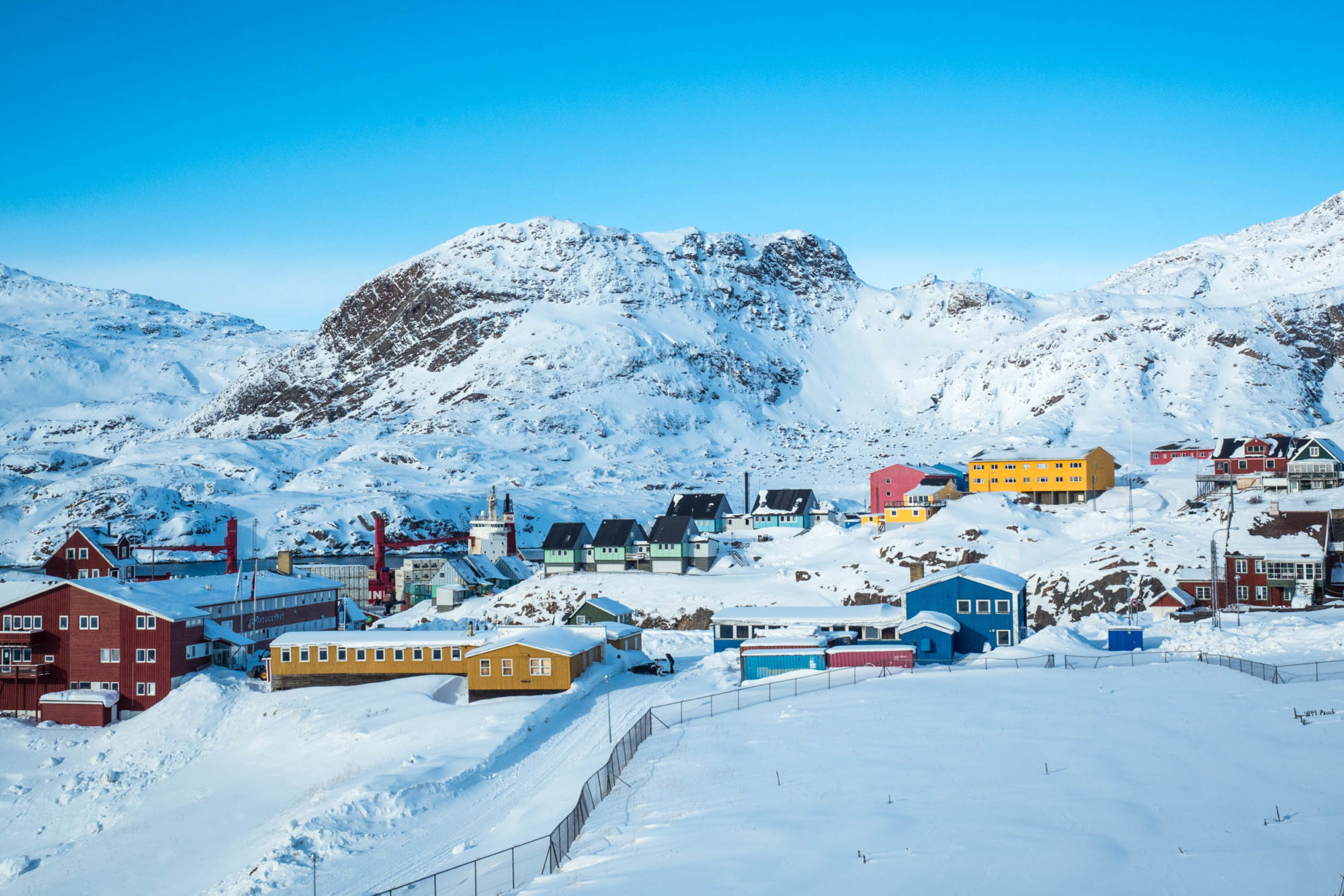
In the end, it took several delayed takeoffs and the ‘big plane’ waiting on the tarmac at Kangerlussuaq for us before we did eventually make the trip home. We sat moping over our lost adventure, while people all over the world were losing freedom and jobs. Life right now is dominated by uncertainty, worry, and speculation, but one thing that’s for certain is that the bikes we ride will keep on meaning much more to us than the sum of their parts, to keep bodies and minds healthy.
It seems likely that a lot will change as we come out the other side of these events, and this trip highlighted the inherent fragility of a world where people, planes, and diseases can travel so far, so fast. Despite the turbulence of the times, back at home, I see huge numbers of people making human-powered journeys, eager to get outside and take that daily hour of exercise.
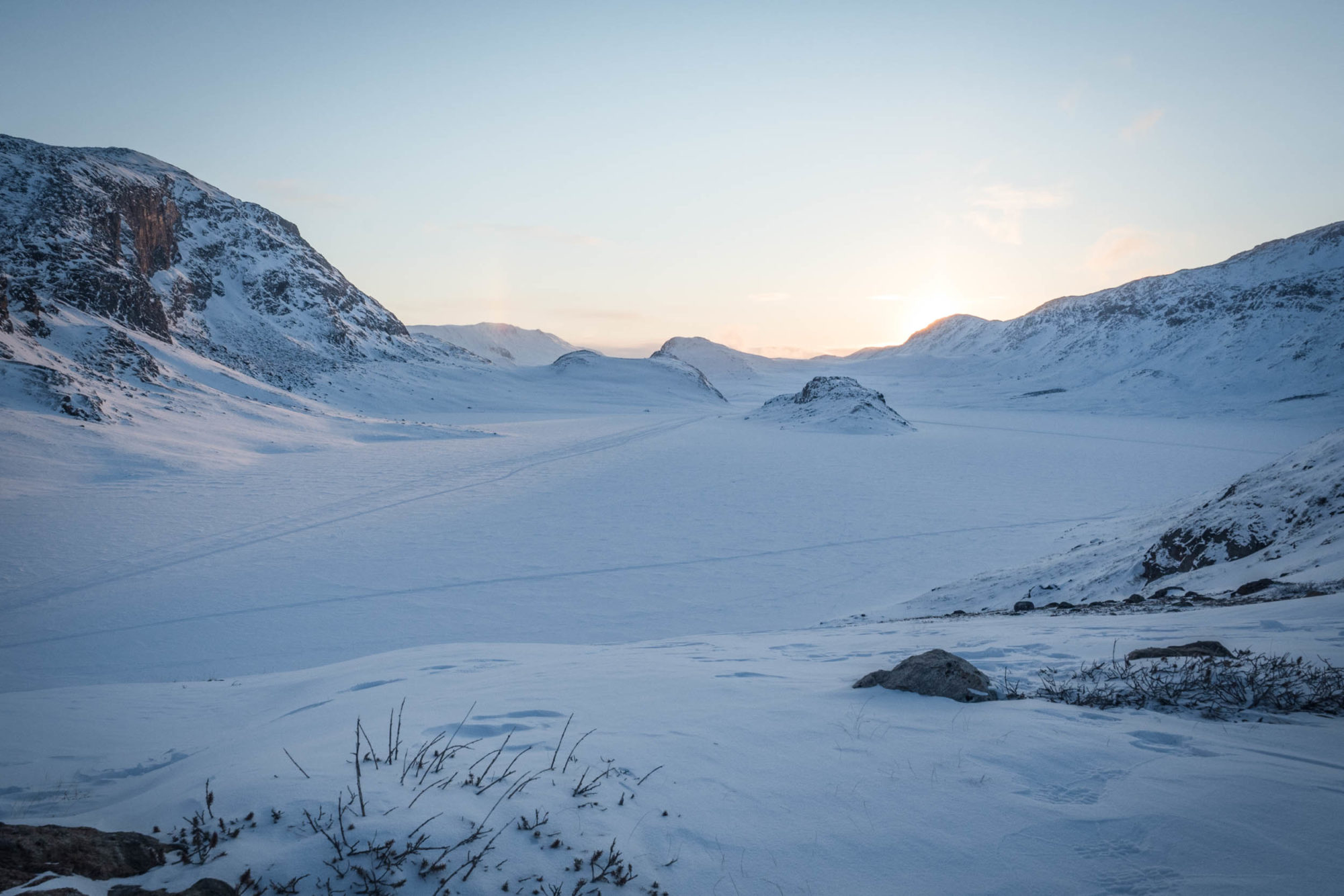
Cargo bike deliveries are booming in cities, it’s fast becoming more normal to see people taking a bike to make their food shop, and exploring your neighbourhood on your bike has become a precious route to freedom. I hope that while we live through these changes in the future, humanity as a whole will hang on to the need for those slow, precious journeys, whether they’re on foot, by bike, or at the back of a sled.
Please keep the conversation civil, constructive, and inclusive, or your comment will be removed.






